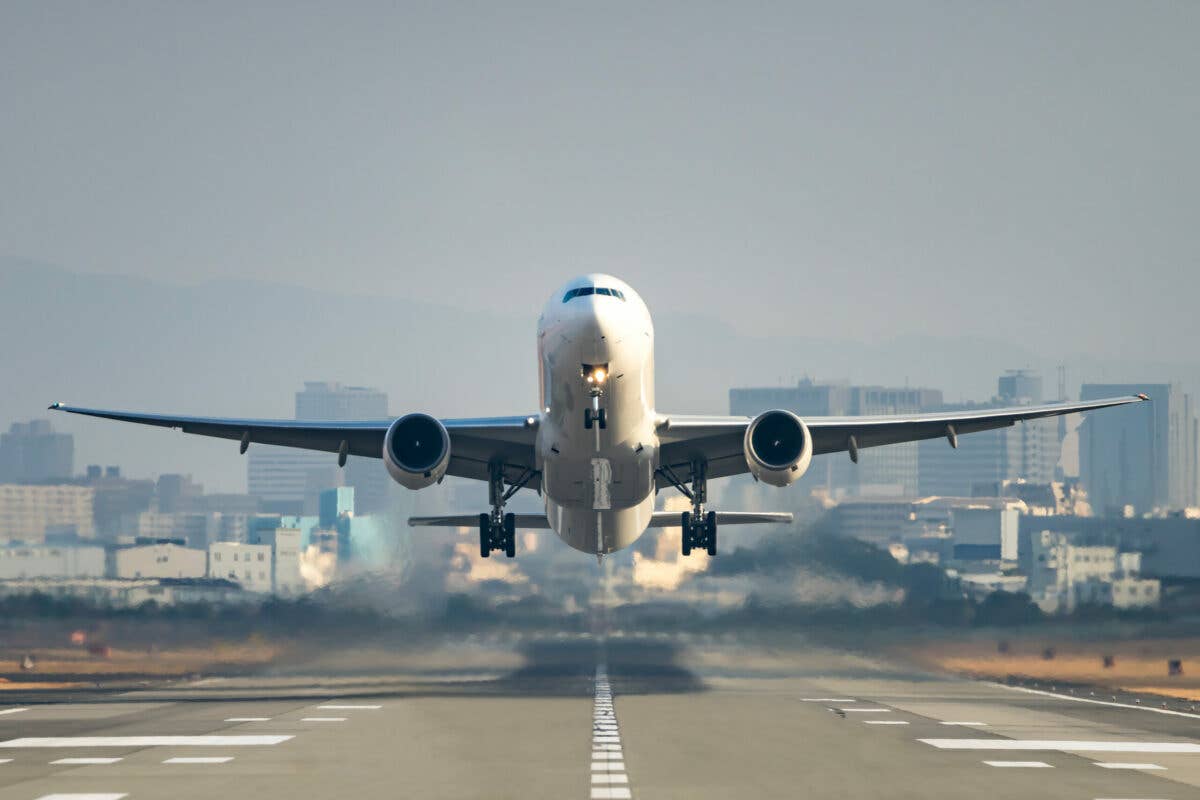NASA, Boeing Unveil New X-Plane with Net-Zero Goals
The experimental aircraft aims to reduce fuel consumption and emissions by 30 percent compared to other aircraft in its class.

NASA and Boeing’s Sustainable Flight Demonstrator (SFD) project has a name: the U.S. Air Force has designated the design as the X-66A. [Courtesy: NASA]
NASA and Boeing's Sustainable Flight Demonstrator (SFD) project has a name: the U.S. Air Force has designated the design as the X-66A.
Six months ago the space agency selected Boeing (NYSE:BA) to design a single-aisle airplane that could reduce fuel consumption and emissions by 30 percent compared to other aircraft in its class.
The Air Force confers X-plane status for development programs that set out to create revolutionary experimental aircraft configurations. The designation is for research aircraft. With few exceptions, X-planes are intended to test designs and technologies that can be adopted into other aircraft designs, not serve as prototypes for full production.
“We’re incredibly proud of this designation because it means that the X-66A will be the next in a long line of experimental aircraft used to validate breakthrough designs that have transformed aviation,” said Todd Citron, Boeing chief technology officer. “With the learnings gained from design, construction, and flight testing, we’ll have an opportunity to shape the future of flight and contribute to the decarbonization of aerospace.”
Bob Pearce, associate administrator for NASA’s Aeronautics Research Mission Directorate shared the enthusiasm. “To reach our goal of net-zero aviation emissions by 2050, we need transformative aircraft concepts like the ones we’re flying on the X-66A,” Pearce said in an address to the American Institute of Aeronautics and Astronautics Aviation Forum in San Diego on Monday evening. “With this experimental aircraft, we’re aiming high to demonstrate the kinds of energy-saving, emissions-reducing technologies the aviation industry needs.”
The aircraft was previously referred to as the Transonic Truss-Braced Wing (TTBW) demonstrator airplane and has been under development for more than a decade. The TTBW Concept Transonic truss-braced wings consist of ultra-thin wings braced by struts with larger spans and higher-aspect ratios.
According to NASA, the agency and Boeing will build, test, and fly a full-scale demonstrator aircraft. Boeing notes that the design, when combined with expected advancements in propulsion systems, materials, and systems architecture, the single-aisle airplane with a TTBW configuration “could reduce fuel consumption and emissions up to 30 percent relative to today’s most efficient single-aisle airplanes, depending on the mission.”
NASA and Boeing sought the X-plane designation shortly after the agency announced the Sustainable Flight Demonstrator project award earlier this year.
Early conceptual studies started under NASA’s Environmentally Responsible Aviation program, and Boeing has conducted extensive wind tunnel testing and digital modeling to advance the design under NASA’s Subsonic Ultra Green Aircraft Research program.
“At NASA, our eyes are not just focused on stars but also fixated on the sky. The Sustainable Flight Demonstrator builds on NASA’s world-leading efforts in aeronautics as well as climate,” said NASA Administrator Bill Nelson. “The X-66A will help shape the future of aviation, a new era where aircraft are greener, cleaner, and quieter, and create new possibilities for the flying public and American industry alike.”
The goal of net-zero aviation greenhouse gas emissions was articulated in the White House’s U.S. Aviation Climate Action Plan.
X-Plane Legacy
The X-66A is the latest in a long line of NASA X-planes. NASA has used the X-plane designation since the 1940s, when its predecessor agency, the National Advisory Committee for Aeronautics (NACA), jointly created an experimental aircraft program with the Air Force and the U.S. Navy. The first design, the X-1, was built by Bell Aircraft at the request of the Army Air Forces and delivered in 1945. Several flight tests followed. In October 1947 Captain Chuck Yeager reached a speed of Mach 1.06 at 43,000 feet in the X-1, becoming the first man to fly supersonic.
NASA noted that single-aisle aircraft account for nearly half of worldwide aviation emissions today and creating a more sustainable version of this type of aircraft could have a profound impact on emissions.
NASA Funded
For the Sustainable Flight Demonstrator, NASA has a Funded Space Act Agreement with Boeing through which the agency will invest $425 million over seven years, while the company and its partners will contribute the remainder of the funding, estimated at about $725 million. NASA also will contribute technical expertise and facilities.
The Sustainable Flight Demonstrator project is an activity under NASA’s Integrated Aviation Systems Program and a key element of the agency’s Sustainable Flight National Partnership, which focuses on developing new sustainable aviation technologies.

Sign-up for newsletters & special offers!
Get the latest FLYING stories & special offers delivered directly to your inbox






